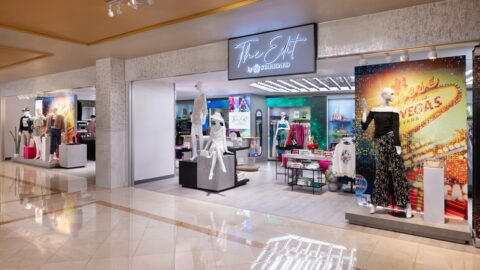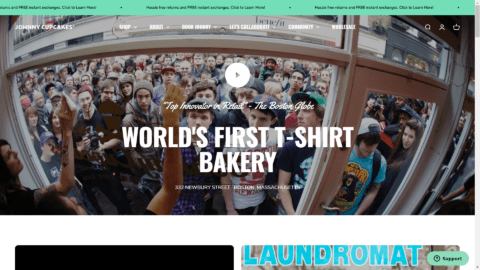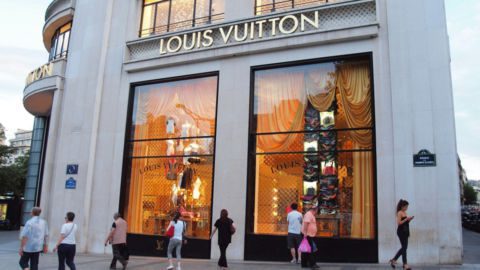Retailers of all sizes and categories are faced with the same pressures: driving sales, improving awareness and garnering long-term loyalty. However, the methods merchants use to address these challenges vary greatly by size.
For example, small- and medium-sized businesses (SMBs) put their “entire business on the line, every season,” Ed Jay, SVP of U.S. Small Merchants at American Express, said in an interview with Retail TouchPoints. “Larger companies don’t necessarily have the same type of risks riding on them every time they release new products.”
But research from the American Express U.S. Small Merchants group has confirmed that consumer spending within the fashion SMB market is on the rise — especially among younger consumers. In fact, spending in the small merchant fashion category outpaced overall fashion spending for the third consecutive quarter. Total fashion spending increased by 3% in Q2 2013. However, smaller merchants saw overall sales improve 5% over the same period of time.
American Express collected and analyzed spending data from cardholders to identify new trends and opportunities in the SMB marketplace. Of all shoppers, Gen Yers are making the most impact for small fashion brands and retailers.
Gen Y consumers spent 29% more with small fashion merchants during Q2 2013, versus the same time last year. Gen X and Baby Boomers each increased by 4%, while seniors actually decreased their spending in this category by 7%.
“We’ve reached that generational tipping point where younger generations are becoming the mainstream buyers,” Jay said. “Now, the fashion needs and designs have changed to suit their needs, versus what Baby Boomers and seniors are expecting.”
Improved customer sentiment and brand accessibility also are contributing to spending patterns. For example, cities including Phoenix (60%), Minneapolis-St. Paul (48%) and Atlanta (26%), have experienced a surge in small merchant fashion spending versus overall fashion spending.
“Typically you don’t consider Atlanta and Phoenix to be fashion capitals for the U.S.,” Jay said. “But we’re seeing growth in these areas because I think designers see these audiences as more accessible, which allows their brand to make more traction. In addition, if you look at the fashion landscape, a lot of brands have become more accessible, so the growth is broader, not just in major cities.”
Along with this extension to up-and-coming cities, small fashion merchant spending has also increased in major competitive markets, including New York City (8%), Los Angeles (7%) and Chicago, year over year. Miami was the only city to see a drop in small merchant spending (-5%).












